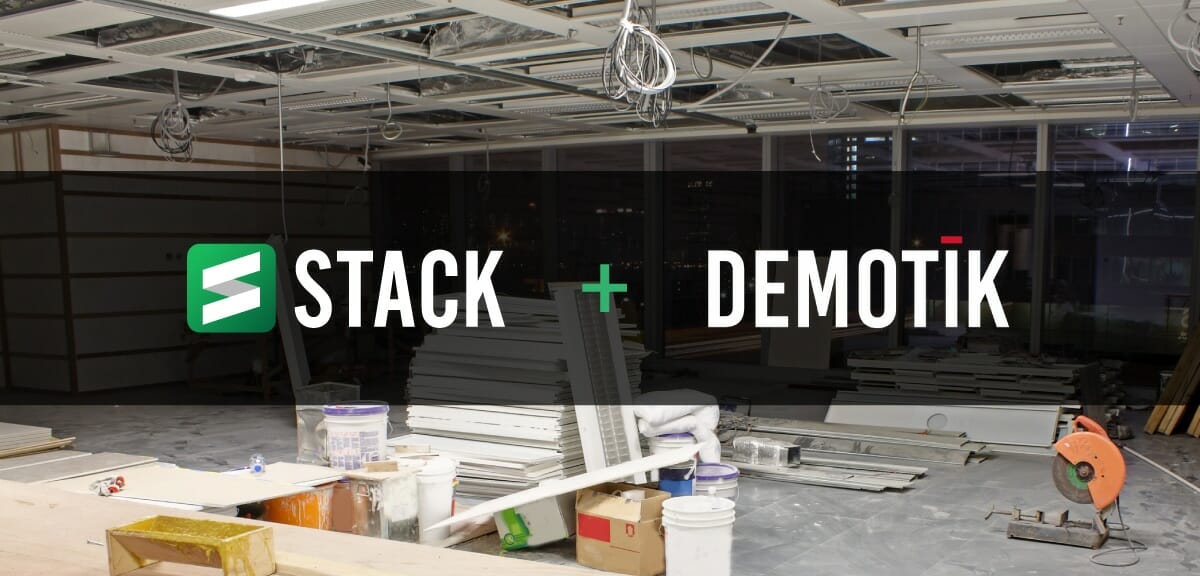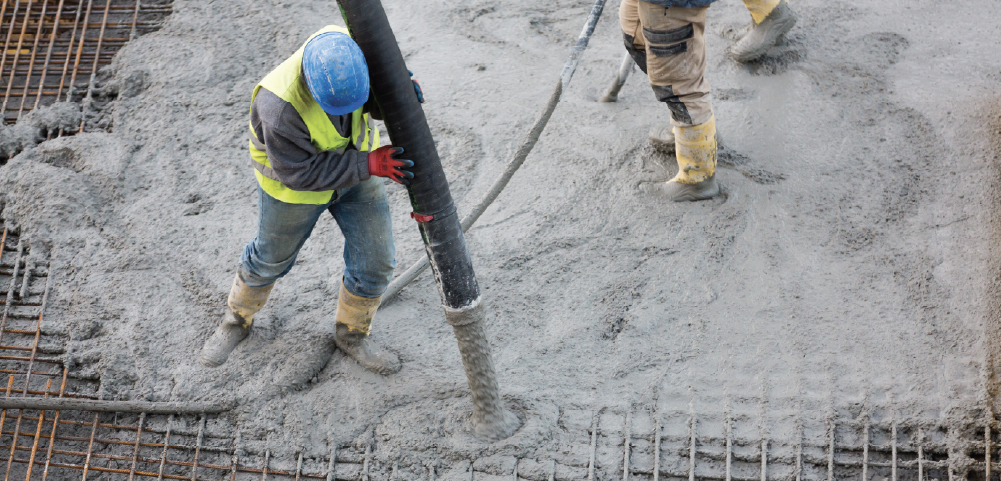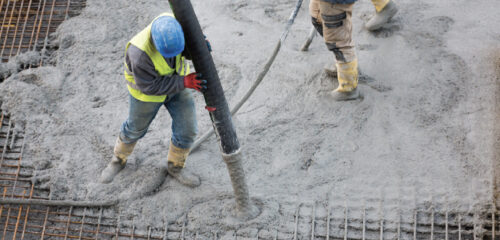
Your construction business’s success hinges on completing projects on time and within budget – but how are those budgets established? Your preconstruction estimate is the gold standard for each project, and if it’s inaccurate, you could face serious problems.
Let’s examine why accurate bids are so important and how you can improve your estimate quality.
Inaccuracies Due to Overbidding
When you overbid a job – meaning you estimate that it will require more materials or labor hours than it realistically calls for – you’re likely to lose out on a lot of projects.
If you’re worried about the cost of materials or unsure of how long it will take your team to complete the work, you might be tempted to put a high price tag on your proposal just in case. But general contractors closely compare the bids they receive from subcontractors for an idea of price ranges, and many of them also perform their own takeoffs to check measurements. If your bid comes in significantly higher than others, the job will go to a lower bidder, and you’ll be back to searching for other projects.
Inaccuracies Due to Underbidding
Underbidding can win you the job, but you shortchange yourself in the process. When you underbid a project, you’re held to the quote you originally provided even if the job costs more than you anticipated. So you won’t recoup the cost of any materials that are more expensive than you planned for or any added manpower or overtime – these costs will come out of your pocket.
An exception to this is change orders. When plans change in the midst of a project, you’ll have the opportunity to reevaluate your estimate and provide a new quote for the changed work – but again, if you underbid on the change order, you are responsible for covering any extra costs.
There might be times when it’s worth it for your overall business strategy to intentionally underbid a project, which we’ll discuss later. But remember, in order to underbid on purpose, you still need to have a strong handle on what an accurate estimate looks like for the job.
Developing a Positive Reputation with GCs
If you consistently submit accurate, professional proposals to GCs, they’ll begin to take notice. General contractors measure success on the same things you do – time and monetary efficiency – just on a larger scale and with more moving parts.
Your accurate job bid means they can spend less time checking your estimate – they’ve worked with you enough to know that you have a good grasp on the cost of getting the job done without price gouging, and this way your company can give the GC peace of mind.
When a GC knows they can trust you to bid the job correctly and deliver on your estimate, you can expect to win more jobs from them.
Saving Time with Accurate Estimates
Bidding accurately is also a simple time saver for your construction company. For example, using structural steel bidding software allows you to generate precise estimates, ensuring you order the right amount of materials—no scrambling to source more supplies or find storage for a surplus. It also keeps your crew schedules on track.
When one job is bid accurately, your time is freed up to evaluate other projects and keep a steady flow of work for your team.
Knowing When to Aim for Submitting the Lowest Bid
If you’re trying to break into a new area of specialization and get a foot in the door, underbidding can be one way to catch the attention of the general contractor. This could be the case if you’ve expanded to a new trade and your team doesn’t have many projects under their belt, or if you’re trying to get into government contracting, where those with the lowest responsible bid tend to win.
In these instances, the main goal might be adding these projects to your portfolio rather than simply making a profit. Perform your takeoff and create your estimate as you normally would, and then you’ll be able to see how much of the total price you can shave off to increase your chances of winning.
You need to have a strong understanding of your overhead and other indirect costs to make cuts to your price. When you know your normal markup for labor, for example, you’re able to reduce it by a fraction if needed. Be careful of coming in too low, however, because this can still result in losing the job if your qualifications are questioned. You also don’t want to set the bar so low that you can never make a profit in this area.
How to Create More Accurate Estimates
You may already understand why accurate estimates are so important, but how do you go about improving your process so that you can be more precise? These 5 tips can help.
1. Get ahead of deadlines
If you’re always working down to the wire on submitting proposals, your estimating team is stressed and playing catch up. Instead, be proactive. Find a tool that lets you increase your takeoff speed so that time isn’t wasted in the measurement stage.
The faster you can perform takeoffs, the better able you are to decide which projects are worth bidding on in the first place, and you have time to gather more information, conduct potential site visits, and create a comprehensive proposal that will get your company noticed.
2. Eliminate mistakes caused by human error.
Sometimes a ruinously inaccurate job bid is a result of something as simple as a misplaced decimal point or a typo. This is an easy fix, so don’t let it happen to you. Use a preconstruction platform that keeps all your data in a single source of truth. You should be able to go from takeoff to estimate to proposal in one software without transferring data elsewhere and introducing the opportunity for mistakes.
3. Get familiar with the details.
Even if you want to send only a high-level overview in your proposal to the GC, get in the habit of making your internal estimate as detailed as possible. A labor and material estimate allows you to break down costs in terms of items and assemblies, but even if you prefer unit cost estimates, you should separate all indirect costs, rather than adding markup into the price of your measurements.
Knowing your true direct costs enables you to adjust markup, overhead, or labor charges as desired both per estimate and companywide. Don’t forget to include other indirect costs associated with the project, like freight, delivery charges, or refuse containers.
Find out how to account for these non-measured costs with STACK’s advanced estimating.
4. Take material cost increases into account.
If you can, share your takeoffs with your suppliers along with your quote request to ensure the most accurate possible order. And remember that prices rise regularly, so be sure you’re informed about supplier increase cycles. Don’t assume your materials will cost the same now as they did three months ago – double check before finalizing your estimate, and if you anticipate an increase mid-project, include a clarification about time-sensitive pricing in your proposal. This way your cost remains accurate and the GC isn’t caught off guard.
5. Anticipate waste.
We’d all like to think our crews are perfect, but in reality they’re human. People have off days and don’t accomplish as much as they intend. They make mistakes when measuring and have to scrap some supplies.
Account for this in your estimate by tracking how much waste is generated on average per measurement or per material (and labor) and add that percentage into your total price so all your bases are covered.
By following these 5 practices you should see your estimated costs start to line up much more closely with actual completed job costs, so you can bid more, win more, and grow your business.
Looking for a preconstruction platform that will help you improve your processes? Download this checklist of the top 5 features to consider in your search.








